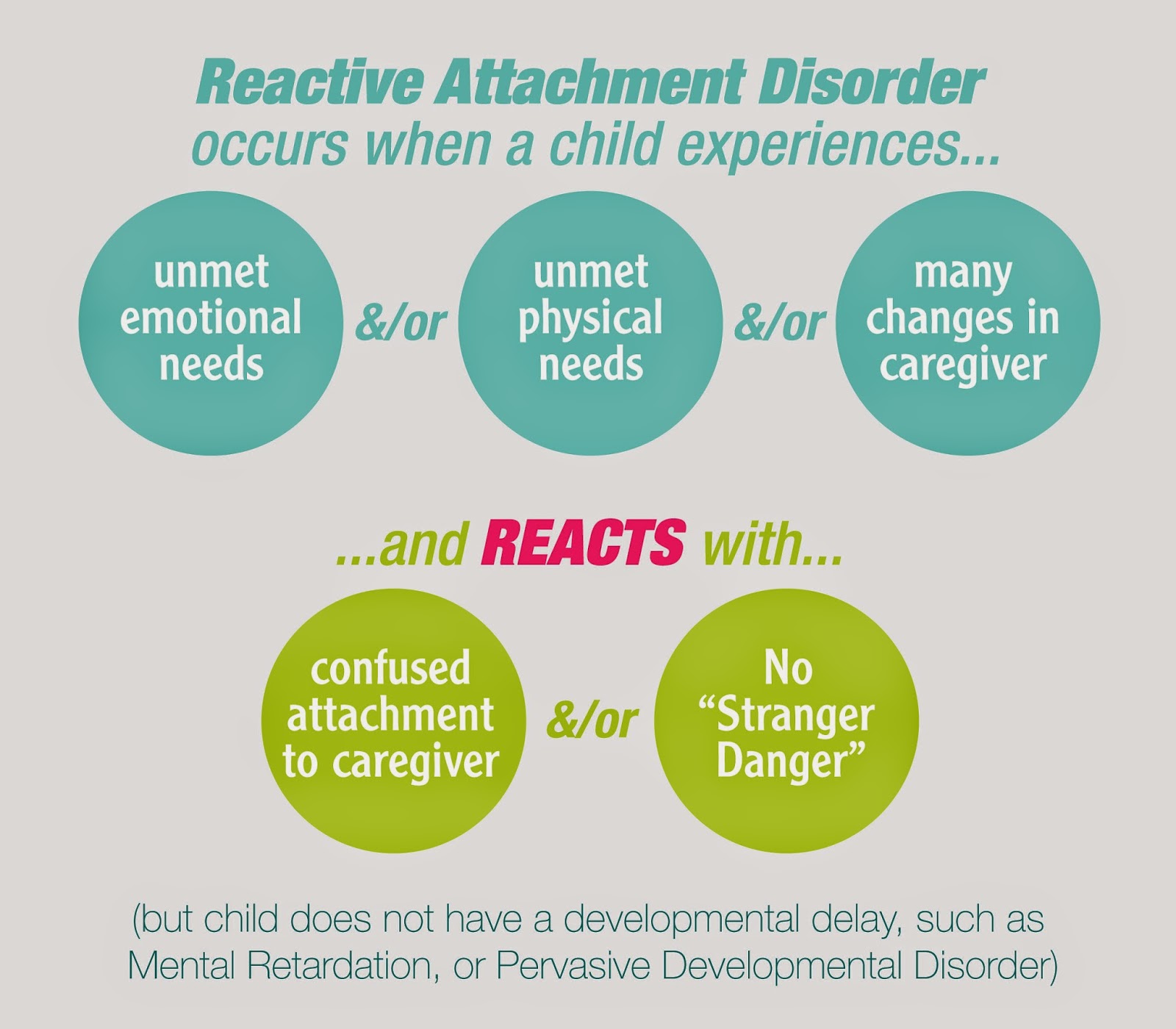
What are the causes of RAD?
The most prevalent theory related to the cause of Reactive Attachment Disorder (RAD) stems from the attachment theory. Attachment plays a crucial and significant role in the developmental process of children and especially those of younger age. It is described as a set of behaviours exhibited by the child that expresses their needs, desires and thoughts to the caregiver. The type response from the caregiver becomes foundational to building the closeness and trust between the primary caregiver and child. This will further guide the child’s social and interpersonal competence and incompetence by teaching them the appropriate emotional and behavioural responses.
A healthy and secure attachment is characterized by stable and nurturing caregiver that is sensitive to the child’s needs. Disturbances to this attachment between the primary caregiver and child during the critical period of developing attachment (8 months-3 years old) will greatly increase the chances of a child developing RAD. These disturbances can be summarized as the following categories:
- Consistently unmet emotional needs (E.g – care, love, sensitivity)
- Consistently unmet physical needs (E.g – diaper change, meals)
- Any frequent changes in caregiver
Risk Factors
The following risk factors are commonly associated to increasing a child’s possibility of developing RAD.
- Children placed in foster or institutionalized care at a young age (one of the MOST common)
- Frequent moves or changes of caretakers
- Maternal ambivalence
- Maternal depression
- Maternal separation, e.g., death, hospitalization
- Inutero trauma, e.g., maternal stress, ingestion of drugs or alcohol
- Neglect /Abusive care
- Inadequate or inconsistent care, e.g., lack of nurturing – rocking, holding
- Illness or pain that cannot be alleviated by the caretaker e.g., ear infections
- Inadequate daycare
- Neurological difficulties from the caregiver that interfere with the ability to receive nurturing
As quoted from Follan & McNamara (2013)’s study between foster parents and their child with RAD, the relationship between parent and child “is a fragile bond developed at an unexpectedly high personal cost; it is a committed relationship but vulnerable to continual destabilization.” The connection between the primary caregiver and the child can be fragile, but an none-the-less crucial to the developmental process of a child. This study shows support for the role of the attachment theory in the cause of RAD.
